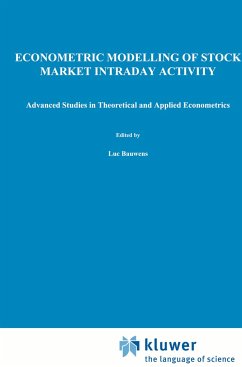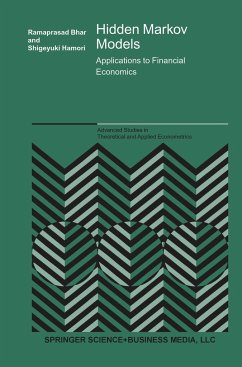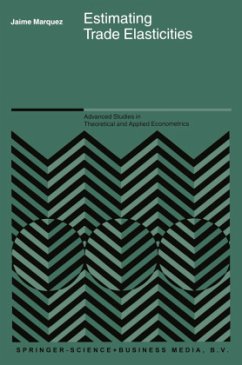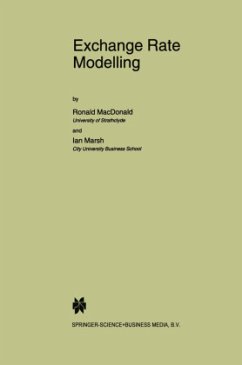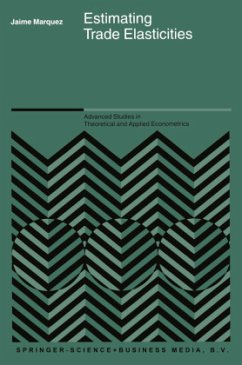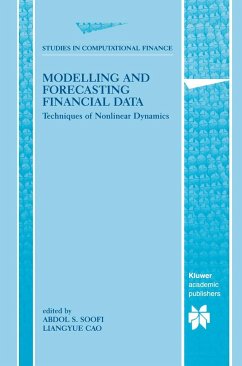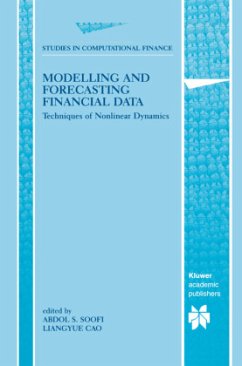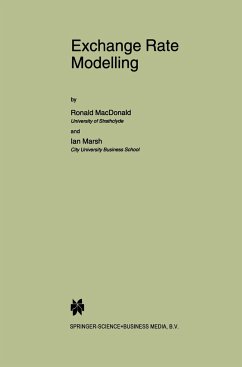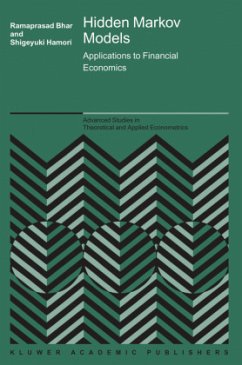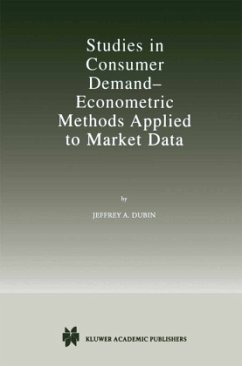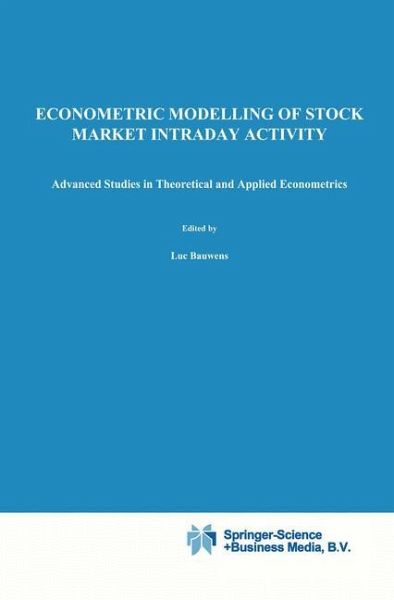
Econometric Modelling of Stock Market Intraday Activity
Versandkostenfrei!
Versandfertig in 6-10 Tagen
76,99 €
inkl. MwSt.

PAYBACK Punkte
38 °P sammeln!
The recent widespread availability of intraday tick-by-tick databases for stocks, options and currencies has had an important impact on research in applied financial econometrics and market microstructure. Econometric Modelling of Stock Market Intraday Activity focuses on the econometric modelling of intraday tick-by-tick transaction data (trades and quote) for stock traded on the New York Stock Exchange (NYSE). Recent quantitative modelling tools such as intraday duration models and GARCH modes are presented. A survey of trading mechanisms in financial markets and a review of market microstructure issues is also included, which allows to gain a better understanding of the motivation underlying the use of the quantitative models. In the empirical applications, the link is made with the models of the market microstructure literature that have proposed an explicit treatment of time in the trading process. Other empirical applications deal with the modelling of intraday volatility and intraday Value-at-Risk. Although the models are applied to data for stock traded on the NYSE, they are not specific to this exchange and could be used to analyze other existing trading mechanisms. Accordingly, this book should be of interest to academics and graduate students involved in empirical finance and applied econometrics, regulators working for exchanges, and practitioners in banks or brokerage firms.
Over the past 25 years, applied econometrics has undergone tremen dous changes, with active developments in fields of research such as time series, labor econometrics, financial econometrics and simulation based methods. Time series analysis has been an active field of research since the seminal work by Box and Jenkins (1976), who introduced a gen eral framework in which time series can be analyzed. In the world of financial econometrics and the application of time series techniques, the ARCH model of Engle (1982) has shifted the focus from the modelling of the process in itself to the modelling of the volatility of the process. In less than 15 years, it has become one of the most successful fields of 1 applied econometric research with hundreds of published papers. As an alternative to the ARCH modelling of the volatility, Taylor (1986) intro duced the stochastic volatility model, whose features are quite similar to the ARCH specification but which involves an unobserved or latent component for the volatility. While being more difficult to estimate than usual GARCH models, stochastic volatility models have found numerous applications in the modelling of volatility and more particularly in the econometric part of option pricing formulas. Although modelling volatil ity is one of the best known examples of applied financial econometrics, other topics (factor models, present value relationships, term structure 2 models) were also successfully tackled.



